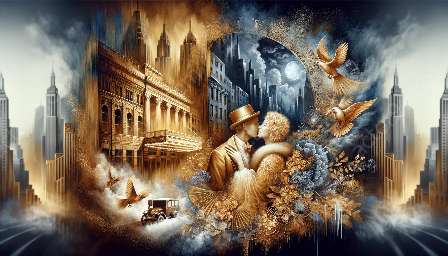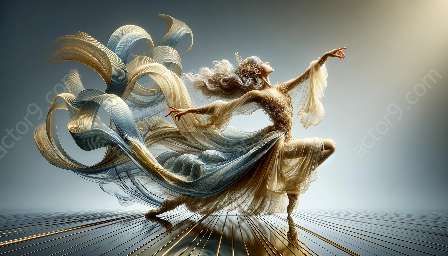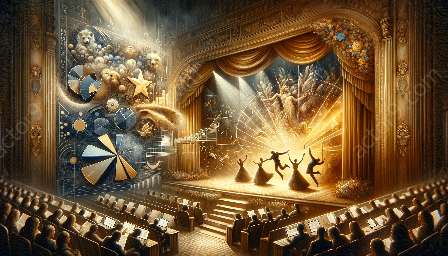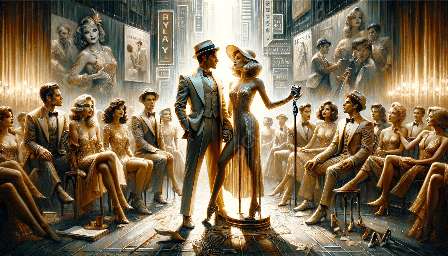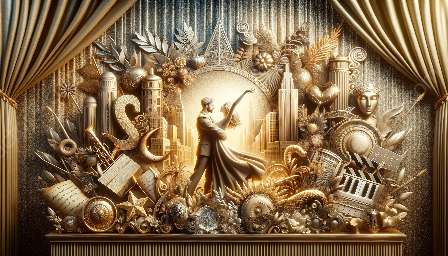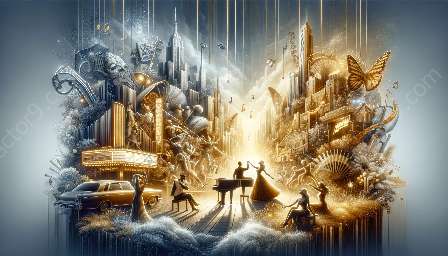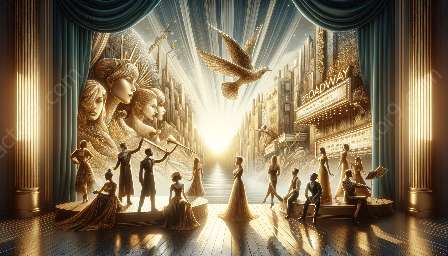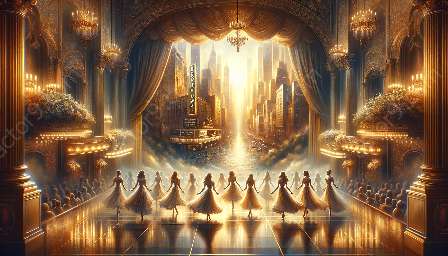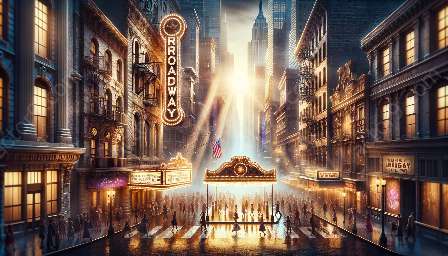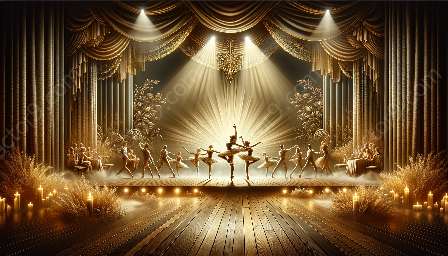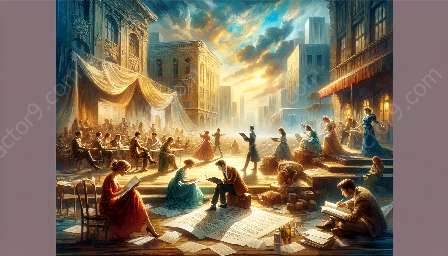Gender roles in Broadway performances have undergone significant evolution over the years, reflecting the changing social attitudes towards masculinity and femininity. As Broadway performance analysis has become more prevalent, it has shed light on the shifting portrayal of gender in musical theater, influencing the narratives and characters that grace the stage.
The Early Days of Broadway: Traditional Gender Norms
The early days of Broadway were characterized by traditional gender norms, with distinct roles assigned to men and women both on and off the stage. Women were often relegated to the roles of damsels in distress, love interests, or supportive companions, while men took center stage as the heroic leads, often displaying dominance and assertiveness. These portrayals perpetuated societal expectations of gender and reinforced stereotypes, reflecting the prevailing attitudes of the time.
The Impact of Broadway Performance Analysis
In recent decades, the rise of Broadway performance analysis has brought about a profound shift in the portrayal of gender roles. Critics and scholars have examined and questioned the traditional gender dynamics present in musical theater, prompting directors, writers, and performers to reevaluate their approach to portraying masculinity and femininity on stage. The influence of gender studies and feminist theory has also played a significant role in reshaping the narratives and characters seen in Broadway performances, challenging long-standing stereotypes and creating space for more diverse and authentic representations of gender.
Breaking Stereotypes: Redefining Masculinity and Femininity
As a result of these influences, Broadway has seen a notable transformation in the portrayal of gender roles. Female characters have evolved to encompass a wider range of traits and aspirations, breaking free from one-dimensional archetypes and embracing complexity and agency. Similarly, male characters have experienced a redefinition, allowing for vulnerability, sensitivity, and emotional depth, challenging the traditional narrative of stoic heroism. These changes have not only enhanced the depth and richness of storytelling in musical theater but have also contributed to a more inclusive and resonant experience for audiences, reflecting the diverse spectrum of human experiences.
Representation and Empowerment
The evolving portrayal of gender roles in Broadway performances has also contributed to increased representation and empowerment. Characters that defy gender norms have emerged, offering visibility and validation to individuals who do not fit within traditional gender binaries. The narratives explored on Broadway have delved into the complexities of gender identity, providing a platform for important conversations about inclusivity, acceptance, and self-expression. Through thought-provoking storytelling, musical theater has become a catalyst for social change, inspiring empathy and understanding while celebrating the diversity of human expression.
Looking Towards the Future
As the landscape of gender roles continues to evolve, Broadway and musical theater stand at the forefront of cultural transformation. The intersection of performance analysis, societal progression, and artistic innovation continues to shape the narratives and characters that take center stage, offering a dynamic and ever-changing reflection of gender in our world. The evolving portrayal of gender roles in Broadway performances serves as a poignant testament to the power of art to challenge, inspire, and illuminate the human experience.


